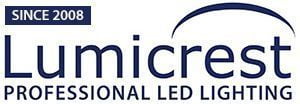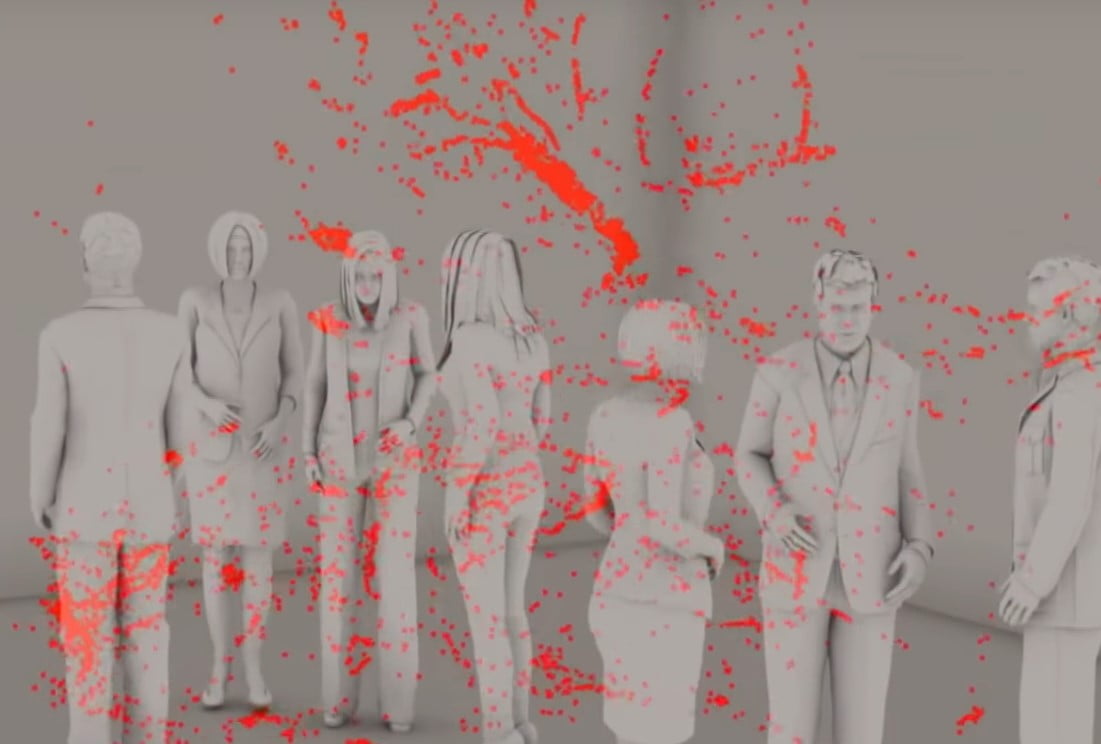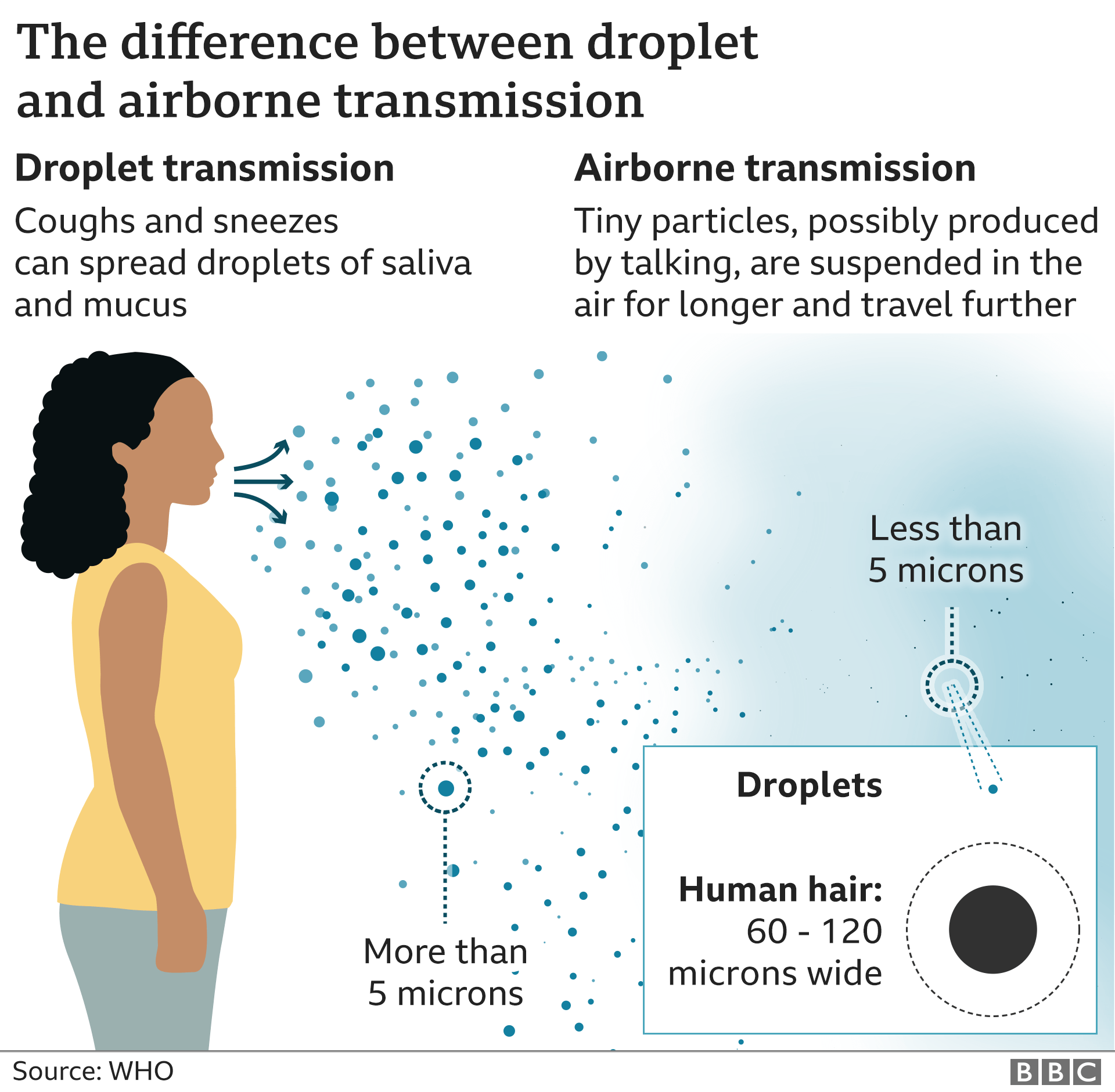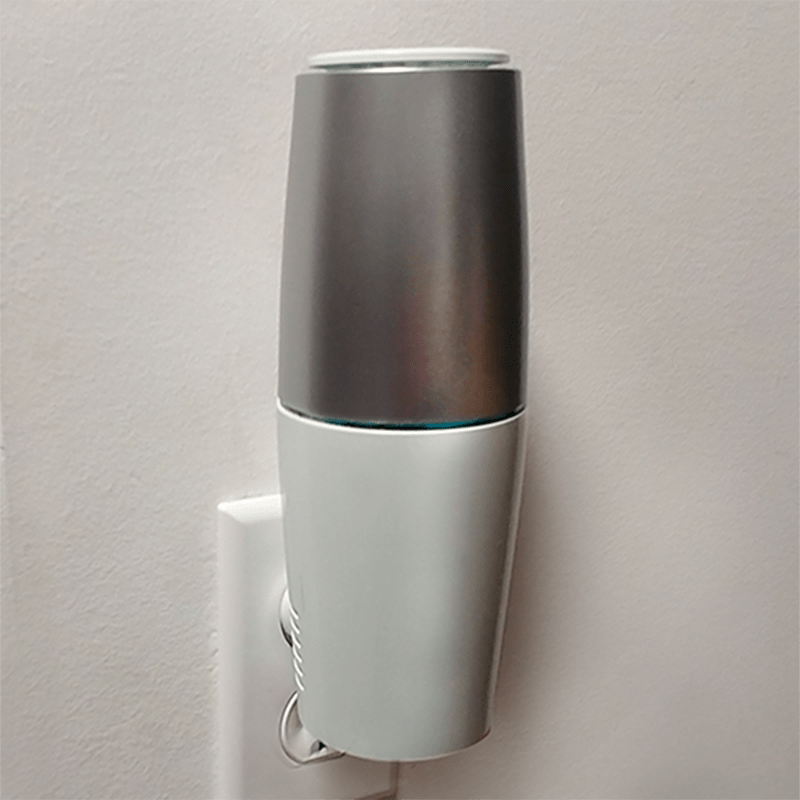In the fight against COVID-19, new research reveals how tiny droplets carrying the virus remain in the air for some time.
How we’ve been told to protect against the virus until now:
Masks: to filter incoming and outgoing virus from the mouth and nose of infected person
Other PPE: to keep virus off clothing where you might touch it and transfer to mouth/nose
Handwashing: to prevent you from transferring surface viruses into your body
Disinfection: cleaning surfaces so there are fewer viruses to pick up
Social distancing: to minimize person-to-person transmission by coughs, sneezes, talking
This advice is built on two basic (but incomplete) assumptions:
Assumption 1) Person to person transmission happens within a 6 foot distance, for duration of cough/sneeze/talking only. Thus the need to stand 6 feet apart and ideally wear a mask.
Assumption 2) The virus particles fall to the ground or surfaces after a short time.
But there is one more factor that hasn’t been fully considered, especially in enclosed spaces:
Recent case studies and simulations show that talking, coughing, sneezing in enclosed spaces leaves thousands of microdroplets suspended in air for more than 20 minutes, possibly much longer. The particles spread around a larger area.
In reality, occupants are continually exposed to virus particles for far longer than previously understood.
The risk of infection increases exponentially based on the length of exposure. This helps explain why there are so many serious infections in nursing homes. With many ill people in poorly ventilated spaces, the air will build up a heavy viral load of micro droplets. Other occupants, as well as workers are continually exposed to the virus.
Though people are using Personal Protective Equipment, there are still many infections.
Reducing Airborne Viral Load
This aspect has not been fully appreciated until now. Some recommend opening windows, but depending on the direction of wind it may blow the virus inward. Fortunately there are simple solutions:
UVC lights are a proven technology to disinfect the air. These can be installed in HVAC ducts to clean the airflow for re-circulation.
However, it’s not quick, and can be disruptive and expensive.
Lumicrest offers a solution: a discreet wall mount unit that simply plugs into a power outlet and purifies the air.
The disinfecting bulb is hidden inside the unit so there is no danger of exposure. Its fan within draws the air through and disinfects it, killing pathogens, odours and mold, and emits clean air. There is no need to leave the room, the unit disinfects in the background. According to laboratory test results, within 60 minutes it removed over 92% of pathogens in a 3 cubic meter test chamber.
The primary differences between this and other methods are:
• it disinfects the air where viral load accumulates. Why? Exposure time to the virus is said to be a key factor in the risk of infection
• it is continuous, working all the time. Not just once in a while when the room is cleaned.
• unlike other disinfection processes, people can stay in the room.
References:
WHO: Transmission of SARS-CoV-2: implications for infection prevention precautions
Coronavirus: WHO rethinking how Covid-19 spreads in air
CNN: Not just about hygiene and distance, it’s about time too
Erin Bromage: Infection Risk = Exposure x Time
Clinical Study: UVC Air Disinfection Effectiveness
NHK Japan Video: New facts about Infection Mechanisms



